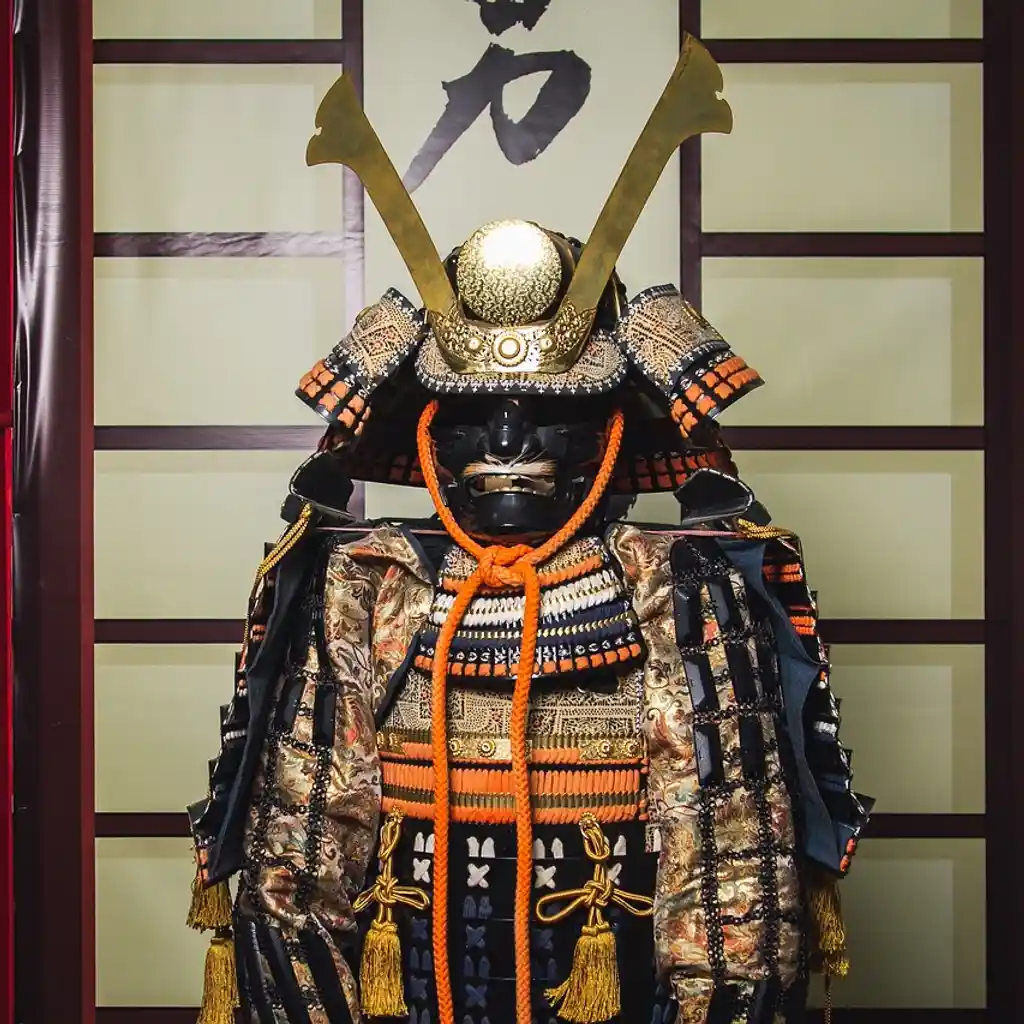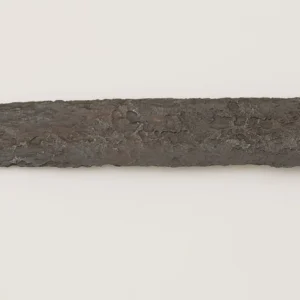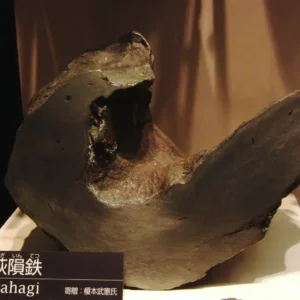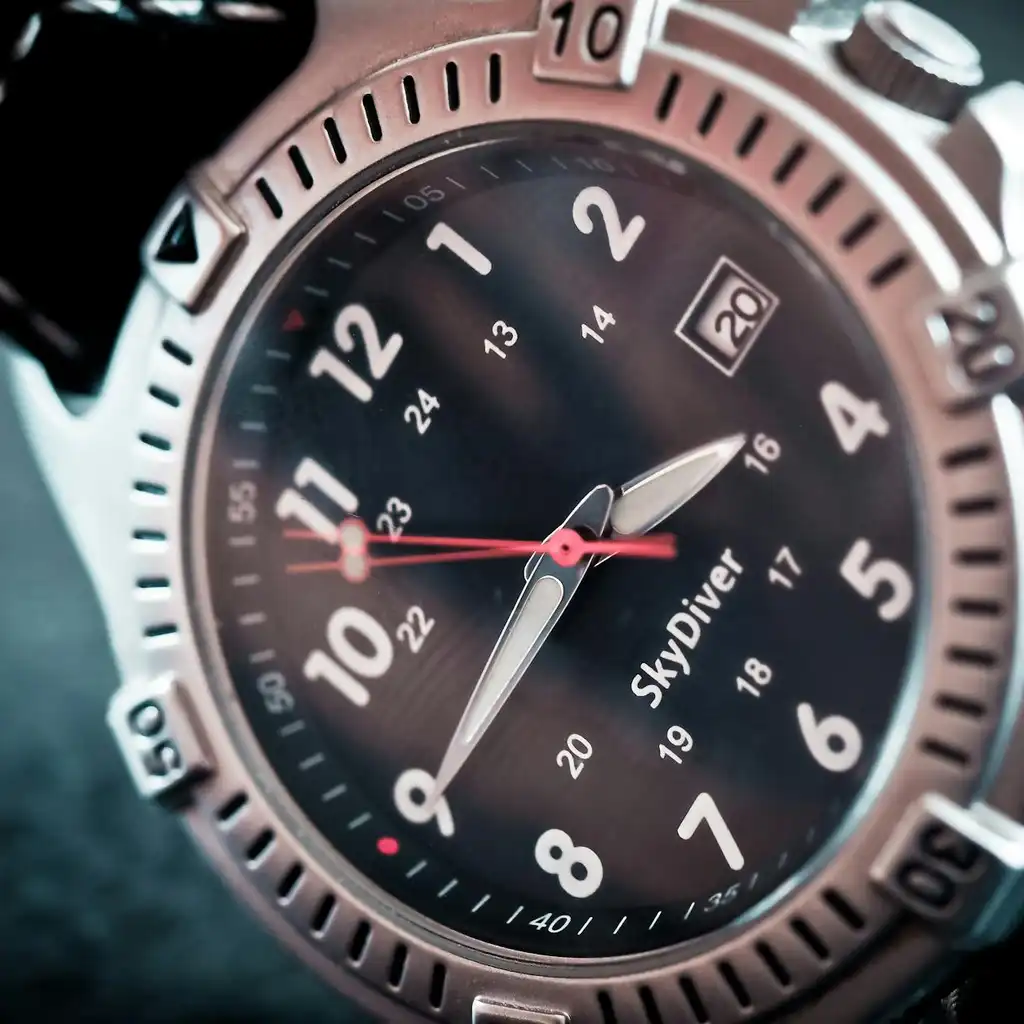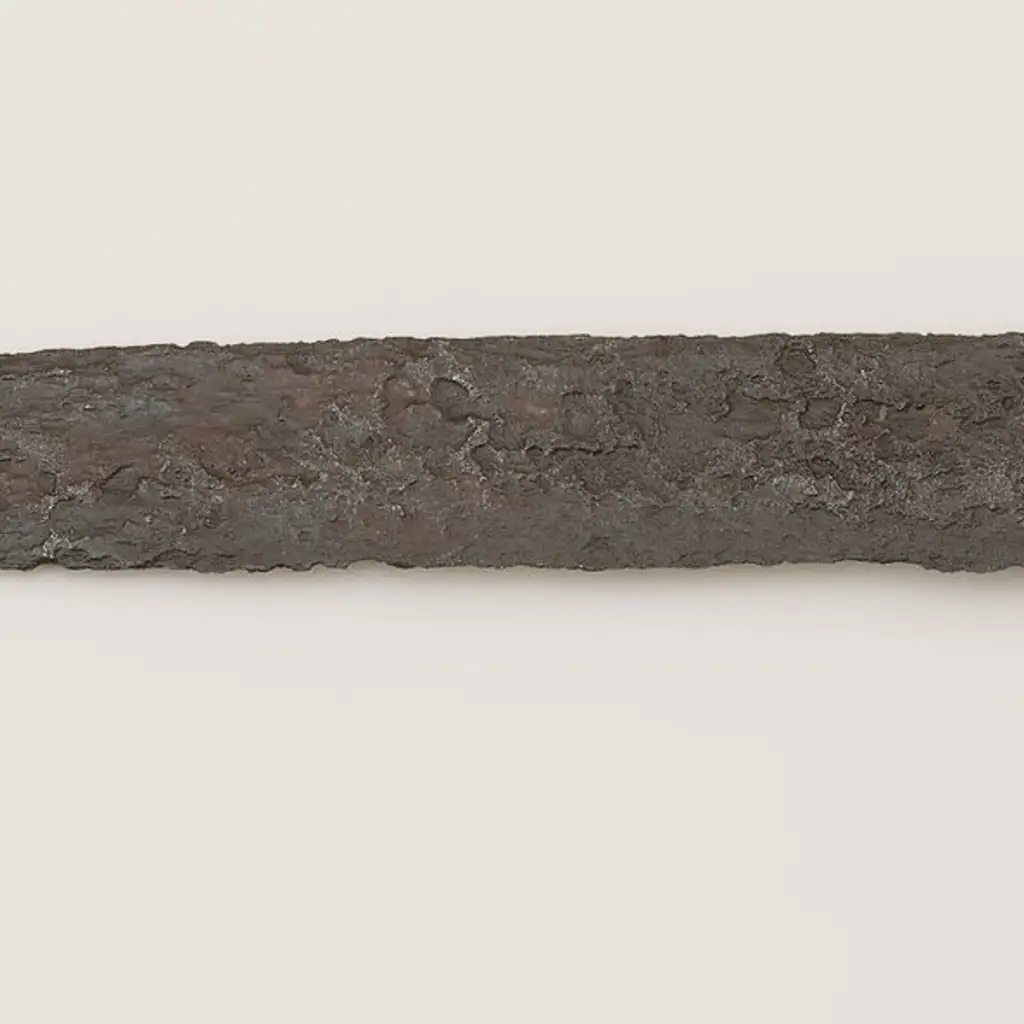For centuries, Japanese swords have been collected in Japan as highly valuable works of art. Joining aesthetic and practical use, the samurai sword is a unique weapon, similar to no other. The appeal of these blades has never ceased to amaze western collectors as well, as they can be considered the first form of abstract art.
Despite the fact the Japanese sword was born, as we know it today, almost 1,000 years ago, its shape and the way of manufacturing it remained almost identical. There are, of course, some minor variations in style and shape, which can help a connoisseur understand its age or its maker, but this requires an expert eye, while everyone can immediately recognize a “katana” among any other sword.
Even if a Japanese samurai sword is made with hard steel, the polishing needed to show its artistic features is very fragile. For instance, a katana should never be touched with bare hands, as our skin would harm the steel (which is not stainless steel, of course), leaving a fingerprint that cannot be deleted. For this reason, it is quite evident that we should not use an important blade for cutting anything or to practice martial arts, especially if we don’t know very well what we are doing.
As with any collectible, fakes exist. The best way to avoid them is to do your homework. Handle as many Japanese swords as possible to get a feel for the geometries of the blade and for the steel’s surface. Study relevant books and visit museum collections.
Flaws on samurai swords are called “kizu”. They can be fatal for a sword’s value, so be sure to check there are no small broken parts on the blades, especially on the tip and on the sides, where rust might have eaten the steel and formed small pinholes. The presence of a certificate by the NBTHK might help here, as they check the condition before issuing papers.
The market for Japanese swords is international and consistent, attracting collectors from around the world. The best way to start your collection may be with a wakizashi, a short sword, which offers the opportunity to handle good pieces at decent prices. Owning a blade for studying is very important, as handling a samurai sword and moving it under a light source is essential to look at its characteristics, and you are not allowed to do that in museums.
